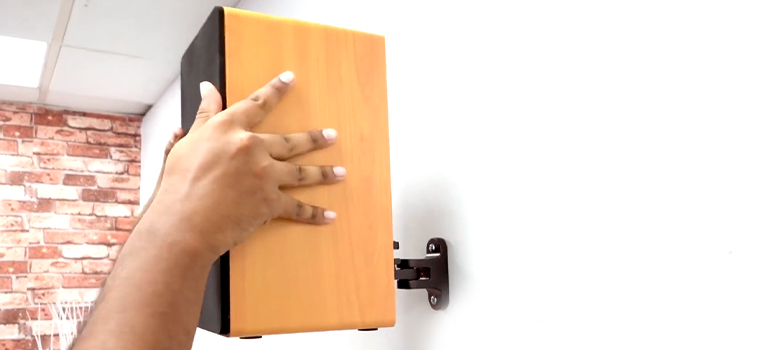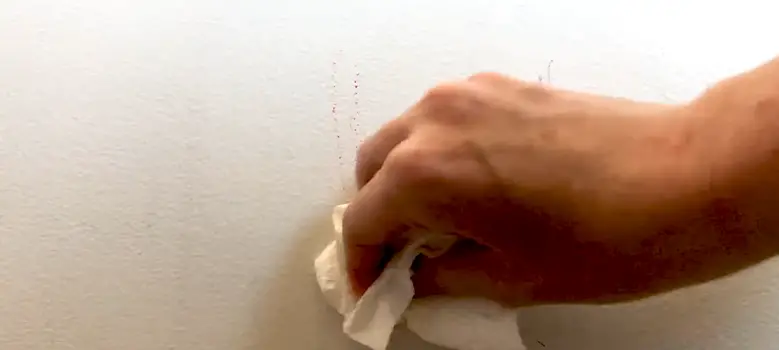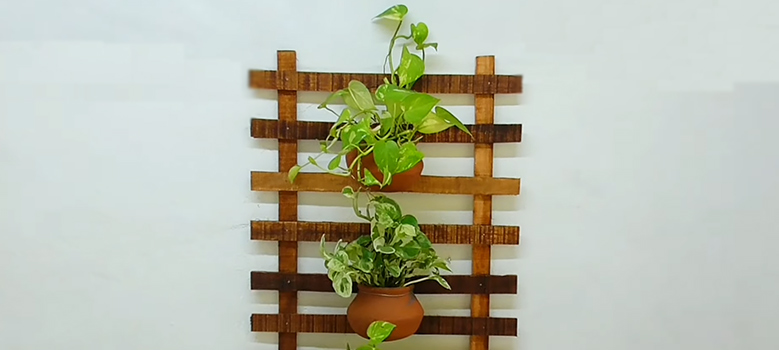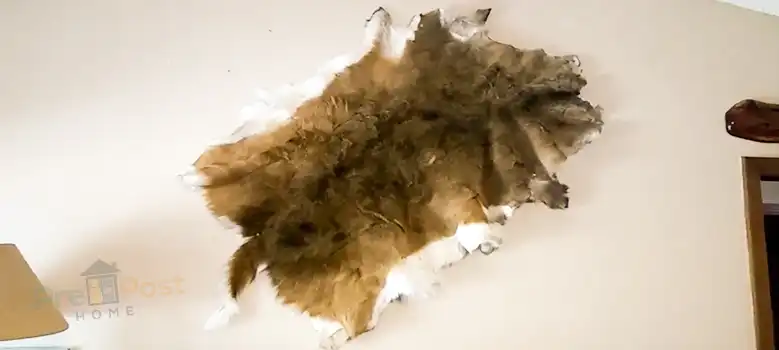You will often get better sound quality if you mount speakers on a wall or a high object. It is, therefore, essential to mount speakers regardless of their weight, especially if they are outside. Is learning how to scale your speakers without sweat a good option if you move into a new building with an unfriendly layout? Here are the steps that show how I mount heavy speakers on the wall.
What Is The Best Way to Mount Heavy Speakers on The Wall?
It is not a new thing to mount speakers on walls. However, most people mount lighter speakers and tweeters on walls to save space and to save on acoustics. Although mounting heavy speakers on the wall can prove difficult, it is not impossible. Keep reading if you’re wondering whether it’s possible to mount heavy speakers regardless.
Mounting Heavy Speakers on a Wall (Step by Step)
Please check all or some of the items on the list below before mounting your speakers on the wall:
- Speaker cable
- Stud finder
- Speakers with bottom-facing 1⁄4 “– 20 threaded mounting points
- Mounting hardware
- Speaker mounts
- Cordless drill with a 5/16 or 1⁄4-inch drill bit
- Cutter
- Wire stripper
For first-timers attempting a project, mounting heavy speakers on a wall may be a great experience. However, if you have ever mounted ceilings on walls, you are most likely repeating the same procedure. Here’s how I do it step by step.
Step 1: Making The Right Mount Choice
Make sure your speakers are mountable before you start. Depending on the speaker, it may come with mounting holes or slots, or it may not have any. In addition, you should ensure that the mounting slots available are well-matched with the mounting brackets you will buy. If you want to mount heavy speakers, you need stronger mounts to support their weight for a long time. A great example is the Pyle Speaker Wall Mount, ideal for speakers weighing up to 110 pounds.
A wall mount should also be flexible enough to enable speaker rotation, tilting, and turning. Using this guide, you can mount speakers that have threaded mounting points on the wall.
Step 2: Make the Right Choice of Location.
It is essential to plan the placement of speakers properly. It is necessary to be very clear about where you want your speaker mounted since you don’t want to have to go back after drilling two or three holes. Set speakers back at least two feet from the corners, so the windows and even the door are visible. To balance the sound adequately, keep the front speakers at the same height as the rear speakers.
Be careful not to place your speakers so far away cables cannot reach them. Even though connecting cables before speakers are mounted is easier, find which method is more convenient for you. Before buying speaker cables, make sure you measure the speaker paths. To determine the appropriate cable length that also accounts for speaker wiggle, measure speaker paths and add 15 percent of the total cable length.
Step 3: Place the Brackets on the Wall
Pay careful attention to the instructions if a mounting kit comes with your speakers. When attempting drywall mounts, it is always a good idea to consider electrical safety first. Suppose you want to locate electrical pipes, conduits, or other hazards. Mark is mounting holes with a speaker mount of cardboard template once done.
You can use a stud finder like the Folai Stud Finder Sensor Wall Scanner to determine the location of studs in drywall if you are drilling holes into them.
Depending on your chosen anchor, you can drill holes up to 1 1/4 inches or up to 5/16 inches. Place the proper wall anchors in the pits after cleaning them. Especially if you are using 14-inch holes, you may need to tap the anchors gently with a light hammer.
To mount the speakers on drywall, you will need Toggler TB hollow wall anchors to mount the speakers on drywall. You can easily install the anchors by folding them tightly before pushing them into the hole. It is best to use them until the wall is flush with them. Hole sizes are 5/16.
Step 4:Place the Speakers on the Wall
Mounting the speakers is easy once the brackets are in place. This is much easier for speakers with threaded studs. Locate the female threaded hole on the backside of your speaker. It will give you an idea of what size threaded stud you need.
Mount the speaker with the stud. Then turn it until it bottoms out. To prevent the speaker from falling, attach a safety strap. Screw the speaker onto the threaded stud and tighten it. Place the speaker, and the threaded stud mount on the thread and secure them with mounting screws. As soon as the installation is complete, adjust the angle of the speakers to the desired position. You can then test the speakers and determine if more adjustments are required.
What Are The Benefits Of Mounting Speakers?
A pair of heavy-duty speakers can cost thousands of dollars. Their sound mastery makes your musical life unique. However, not when they’re in the way, and you accidentally knock on them. When this happens, you should consider hanging them on the walls where they belong.
Some of the other reasons for will mount include:
Optimal Sound
You often enjoy better sound quality when you use wall-mounted speakers because the height reduces unwanted reflections that can ruin your listening experience.
Protection
In addition to keeping your children, friends, and other family members safe, wall mounts keep these large objects from being left lying around. Furthermore, it protects the cabling, screws, and speaker cones from damage.
Saves Space
Whether living in cramped quarters or a clutter-free area, wall mounts are the ideal solution. Improve your sound experience and free up some space!
Frequently Asked Questions
Is it possible to mount any speaker on a wall?
It is theoretically possible to mount every speaker in a surround sound system on the wall. It is even possible to hang specific subwoofers on a wall. It is generally impractical to mount a subwoofer due to its bulk. Similarly, tower speakers sit on the ground rather than on walls.
What Are the Workings of in-Wall Speakers?
Tuning of in-wall speakers occurs while they are mounted on a wall. Once you get them home and place them in place, the speaker system will sound like an out-of-room speaker, providing a similar quality of sound to that of a wall speaker.
Should I Mount My Speakers on The Wall?
For center-channel speakers, wall mounting is often a good option. When placing a center in a cabinet, ensure that it is placed as close as possible to the cabinet edge. Sound will bounce off exposed shelving in front of the speaker and create reflections that negatively affect the sound.
Conclusion
It can be challenging to mount speakers for the first time, especially if you have never done it before. Nevertheless, climbing your headphones properly and following the procedure to maximize your listening pleasure is essential. Choosing the right speaker mount will increase suspension strength and tilt angles, resulting in better sound quality. By mounting your speakers, you will have more reasons than ever to keep them on the floor. Enjoy your listening!






